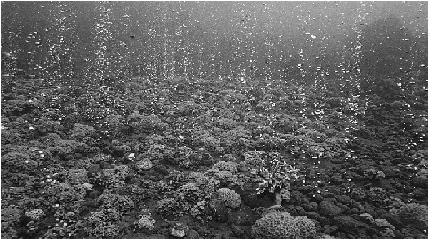
Poojitha D. Yapa
Professor of Civil and Environmental Engineering
Wallace H. Coulter School of Engineering
Clarkson University
Impact of Carbon Dioxide Release in Ocean
The possibility of sequestering CO2 underwater has generated a considerable interest in studying the impact of CO2 releases. The problem has been studied by many with regards to underwater releases of CO2 in liquid, hydrate, or gaseous form. . Previous studies can be roughly categorized into multiple areas: fate (phase changes and dissolution into water) of a single bubble; small amounts released; and releases of large amounts that emanated as a plume in one phase or another. Figure 1 shows that CO2 is discharged from resavoirs under the seabed,where gas bubbles rise, advect and dissolve into the Ocean.
Results and a description of the CO2 model can be seen in here.


Experimenting, Developping Models and Sharing Knowledge on Deep Water Oil Related Problems for more than 20 Years

Clarkson University has a worldwide reputation for its leading oil and gas computational research More >>
Contact
- E-mail:
- pdy at clarkson dot edu
- Telephone:
- 315-268-7980
- Fax:
- 315-268-7985
- Address:
- Clarkson University
Box 5710,
130 Rowley Laboratories, Potsdam,
NY 13699-5710 U.S.A.